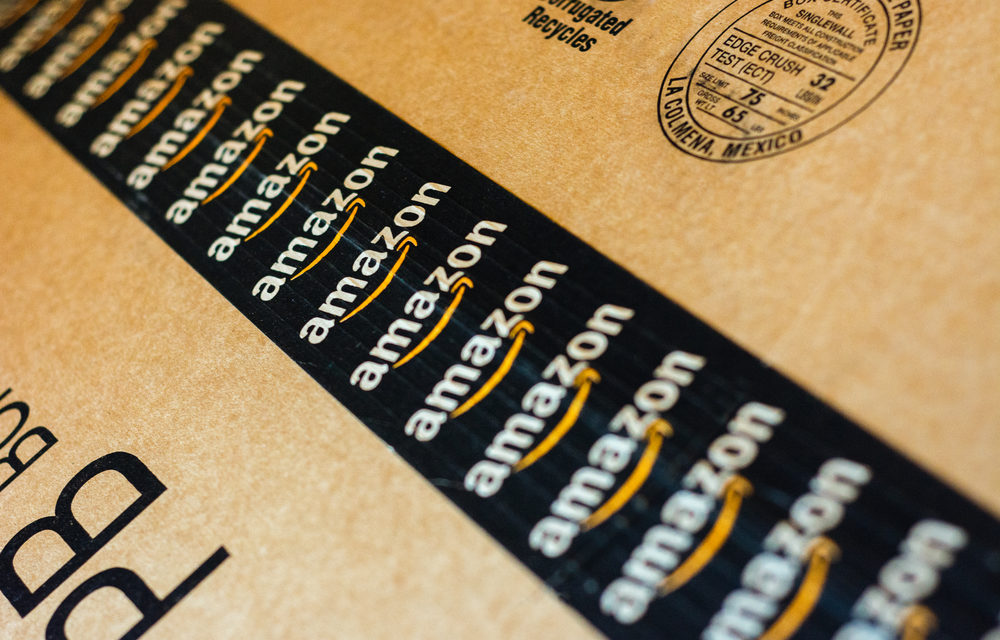Amazon doesn’t report fourth-quarter sales until Thursday. But if the latest data from Slice Intelligence is any indication, the online retailer had another breakout quarter.
According to the receipt mining company Slice, which culled data from more than 2 million digital transactions, Amazon accounted for 53 percent of U.S. e-commerce growth in 2016. That’s up from 2015, when it accounted for 40 percent of e-commerce growth.
It’s also more than half of the 11.4 percent gain reported by the Commerce Department over the 12 months ended Dec. 31. (The Commerce Department figures apply to non-store sales, which also include catalogs and TV orders.)
Slice attributed much of Amazon’s win to its two- to three-day lead when it comes to shipping speed. Whereas the average Amazon package was delivered in 3.4 days, that was 5.6 days from everyone else.
In all, Amazon accounted for 43 percent of all online revenue last year, according to Slice.
“Amazon maintains an obsessive focus on removing every pain point from the buying process. This is clearly exemplified with its Prime program, with free, reliably quick shipping,” Ken Cassar, principal analyst at Slice Intelligence, said in a blog post. “While the rest of the market is investing to get our packages to us faster, Amazon still maintains a significant lead.”
It makes sense, then, that Wal-Mart has decided to scrap its ShippingPass program, which was being tested as a competitor to Amazon’s Prime. Instead, the world’s largest retailer said Tuesday that it will lower its minimum spending threshold to $35 from $50, and offer free two-day shipping on 2 million items.
“In this day and age, two-day shipping is really just table stakes,” Marc Lore, president and CEO of Walmart U.S. eCommerce, said about the decision.
Slice’s data is just the latest sign that Amazon continues to dominate traditional bricks-and-mortar retailers on the web, even as they improve their operations. Slice said last month that Amazon accounted for 38 percent of holiday receipts, roughly in line with the prior year.
Best Buy was its closest competitor, making up 3.9 percent of receipts, according to Slice.



